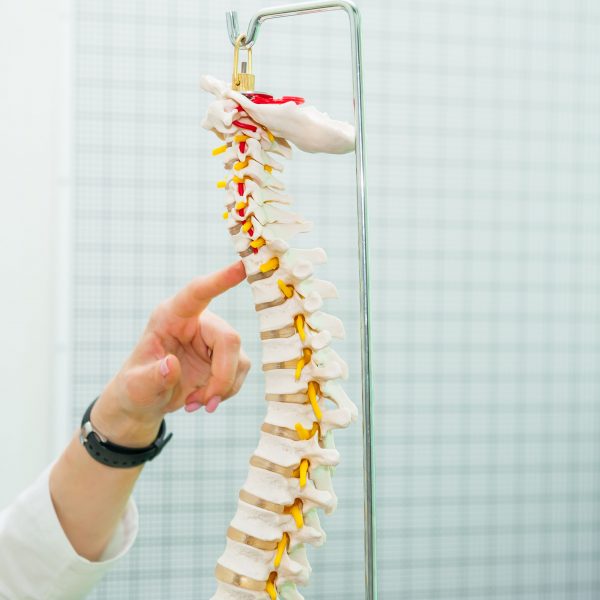For most parents, teething is one of the most stressful periods of parenthood. On the other hand, if you are well-informed on what to expect, this will not be the case for you. Teething in kids involves different stages at different ages. The exact age a specific teething stage will occur in your child varies.
In Murray, reputable pediatric dentists will recommend that you start your child’s dental visits by the time he turns a year old so that any issues are promptly diagnosed. Teething in your child is generally marked by drooling, fussiness, sensitive and sore gums, and biting on hard objects. Some children also have fevers and diarrhea at this time, but these only require conservative management. The following are the five teething stages and what to expect.
Stage 1
This occurs when your child is 0-6 months old. At birth, children have a full set of their primary teeth numbering twenty beneath the gums. These teeth are known as temporary teeth but commonly called milk teeth since your baby’s diet at this stage is primarily milk.
Stage 2
This takes place when your child is 6-8 months old. At this time, the incisors located on the front of your child’s mouth emerge. Before they break out from the gums, their jagged edges press on the gum line causing your child to chew on hard objects to relieve discomfort. To alleviate your child’s discomfort at this stage, you can provide many chew items and massage the gums with a clean finger.
Stage 3

This occurs when your child is 10-14 months old. At this time, his primary molars located at the back of the mouth emerge. The symptoms here are largely similar to those in Stage 2, but there is an increased fussiness in your child. Most kids also start losing weight and develop irregular sleeping patterns since their discomfort is considerable. Teething rings, chilled washcloths, and gum massages can help the child.
Stage 4
This occurs in children aged 16-22 months. The teeth between the upper and lower incisors and molars called the canines emerge. Discomfort is not so marked during this period. You can use the techniques in other stages to keep your child comfortable.
Stage 5
This takes place in kids aged 25-33 months. The eruption of molars now occurs. This is one of the most uncomfortable periods for toddlers. Chilled washcloths and teething rings might help, but it is tricky to place them on the teething site because of a choking hazard. OTC pain syrups might alleviate the discomfort.
With this guide, teething will hopefully be less challenging for you than other parents. The milk teeth are just as important as your child’s permanent teeth. As such, you should start instilling a proper dental hygiene routine when the first tooth erupts. Should your child lose any of the teeth before they turn 6 or 7, a space maintainer is needed to hold the gap for permanent dentition. Routine dental visits are also vital to guarantee that the milk teeth are growing properly and treat any issues.






